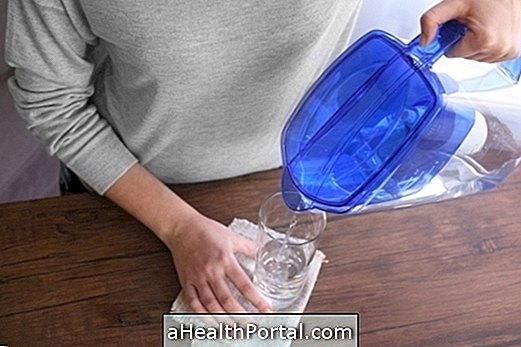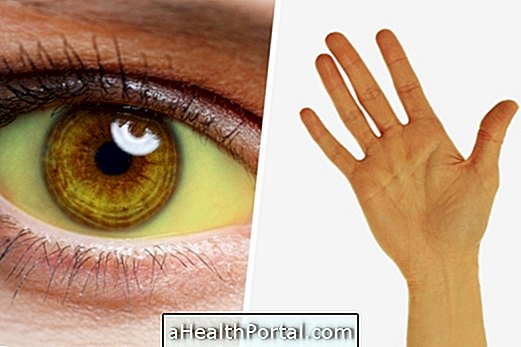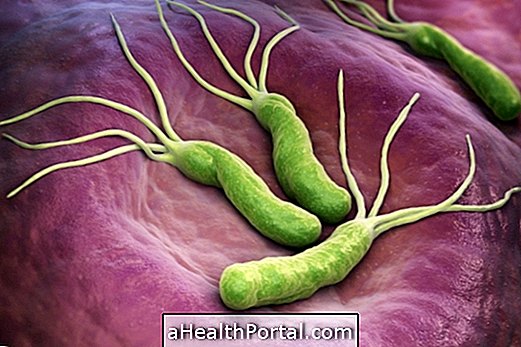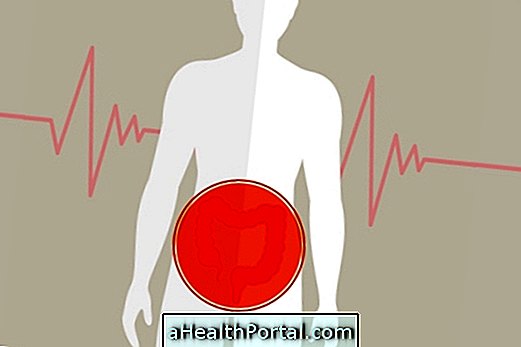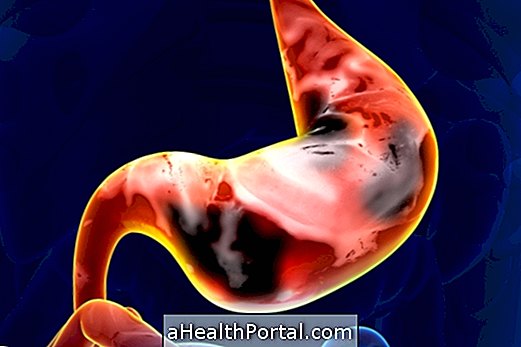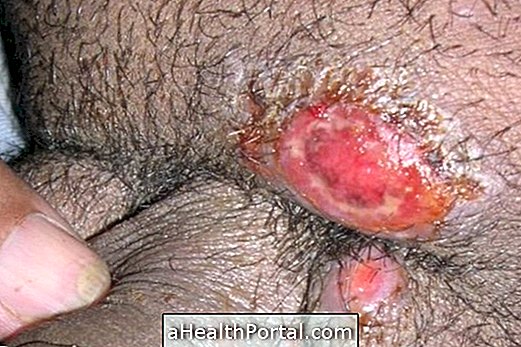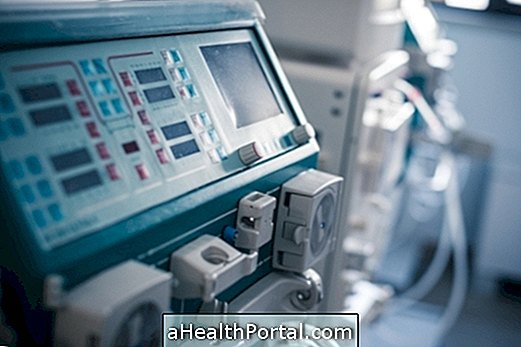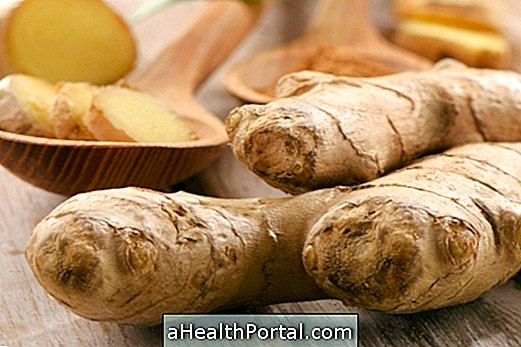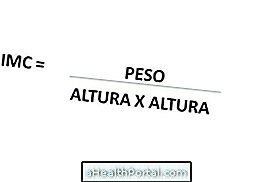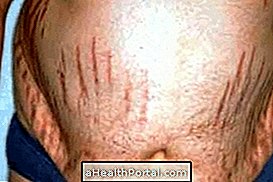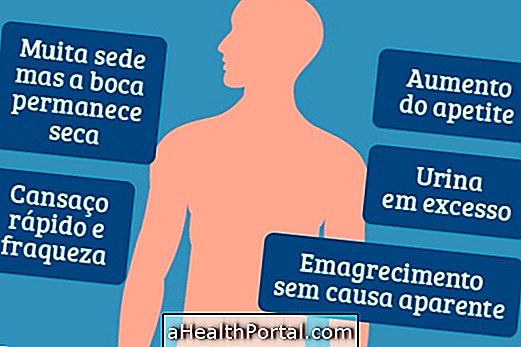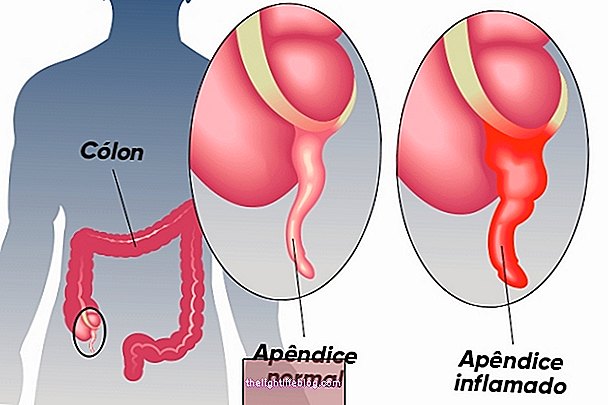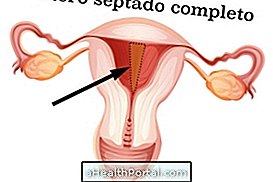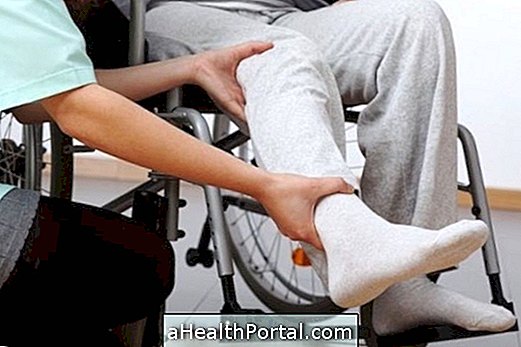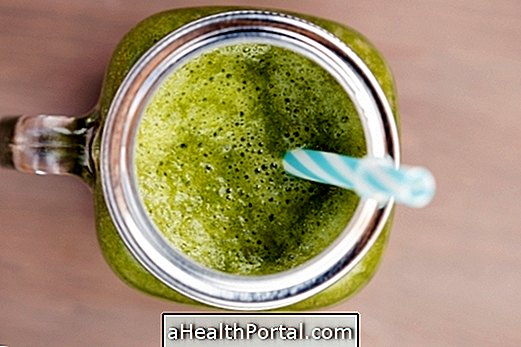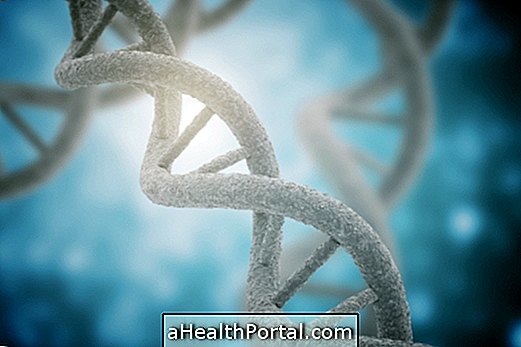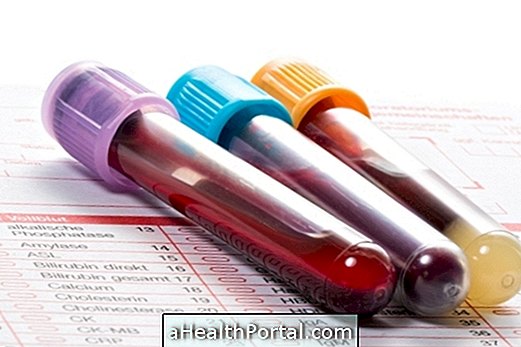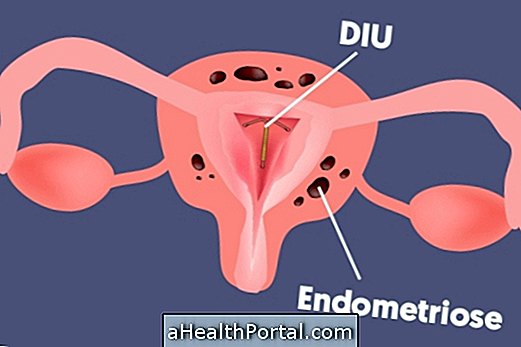Enantematosa gastritis, also known as enantiomatous pangastritis, is an inflammation in the stomach wall that can be caused by different causes, such as H. pylori infection, autoimmune diseases, excessive alcohol consumption or frequent use of medications such as aspirin, anti-inflammatory drugs or corticosteroids.
Density gastritis is classified according to the affected region of the stomach and the severity of the inflammation. Thus, the diagnosis of antral enanthemal gastritis means that the inflammation occurs in the final part of the stomach, while mild enanthogenic gastritis is when the inflammation is still at the beginning, not greatly harming the stomach. In more severe cases, the enantiomatous gastritis is classified as being moderate or severe.

Treatment for enantematosa gastritis
Treatment for enantiomatous gastritis includes:
- Decrease acidity in the stomach using antacid medicines such as Pepsamar and Mylanta, or gastric protectors like Omeprazole and Ranitidine;
- Eliminate the H. pylori bacteria through the use of antibiotics, when this is the cause of gastritis;
- Change eating habits by avoiding fatty and irritating foods such as pepper, red meat, bacon, sausage, sausage, fried foods, chocolate and caffeine;
- Stop smoking and drinking alcohol.
The duration of treatment of enantiomatous gastritis depends on the severity of inflammation and the causes of gastritis, and should always be guided by the gastroenterologist. When the treatment is performed according to the doctor's instructions it is possible to cure this gastritis within a few weeks or months.
To learn more about the treatment of gastritis, see also:
- Treatment for gastritis
- Diet for gastritis and ulcer
Diet for gastritis
See in the following video how the feeding should be to cure gastritis and stomach ulcer:

Symptoms of enantematosa gastritis
The symptoms of enantematosa gastritis, or pangastrite, usually appear after the meals, and can last about 2h, and are:
- Pain and burning in the stomach;
- Heartburn;
- Nipple;
- Indigestion;
- Frequent gas and belching;
- Lack of appetite;
- Vomiting or craving for vomiting;
- Headache and malaise.
In the constant presence of these symptoms or when the appearance of blood in the stool occurs, one should seek the medical gastroenterologist.
The diagnosis of this type of gastritis is confirmed through an examination called endoscopy, through which the doctor can visualize the inner part of the stomach identifying the inflammation of the walls of the stomach. Find out how endoscopy is done and what happens on the exam.
Does enantiomatous gastritis turn to cancer?
There is evidence that when the person has gastritis with H. pylori bacteria in the stomach is 10 times more likely to develop cancer, however it is not all patients who have this bacterium that will develop this disease because there are many other factors involved such as genetics, smoking, eating habits and other lifestyle habits.
Before a gastritis turns cancer, the tissue of the stomach undergoes several transformations that can be observed through the endoscopy and the biopsy. The first transformation is that of the normal tissue for gastritis, which then becomes chronic non-atrophic gastritis, which changes to atrophic gastritis, and then turns into a metaplasia, and then a dysplasia, and only then becomes cancer.
The best way to avoid cancer is to follow the doctor's advice, quitting smoking, eating properly and using the medicines for the stomach. After controlling for the symptoms, it may be indicated to return to the doctor in about 6 months to repeat the tests and assess the stomach. If you have not yet been able to control stomach pain and poor digestion during this time, you can use other medicines prescribed by your doctor until the gastritis is cured.

